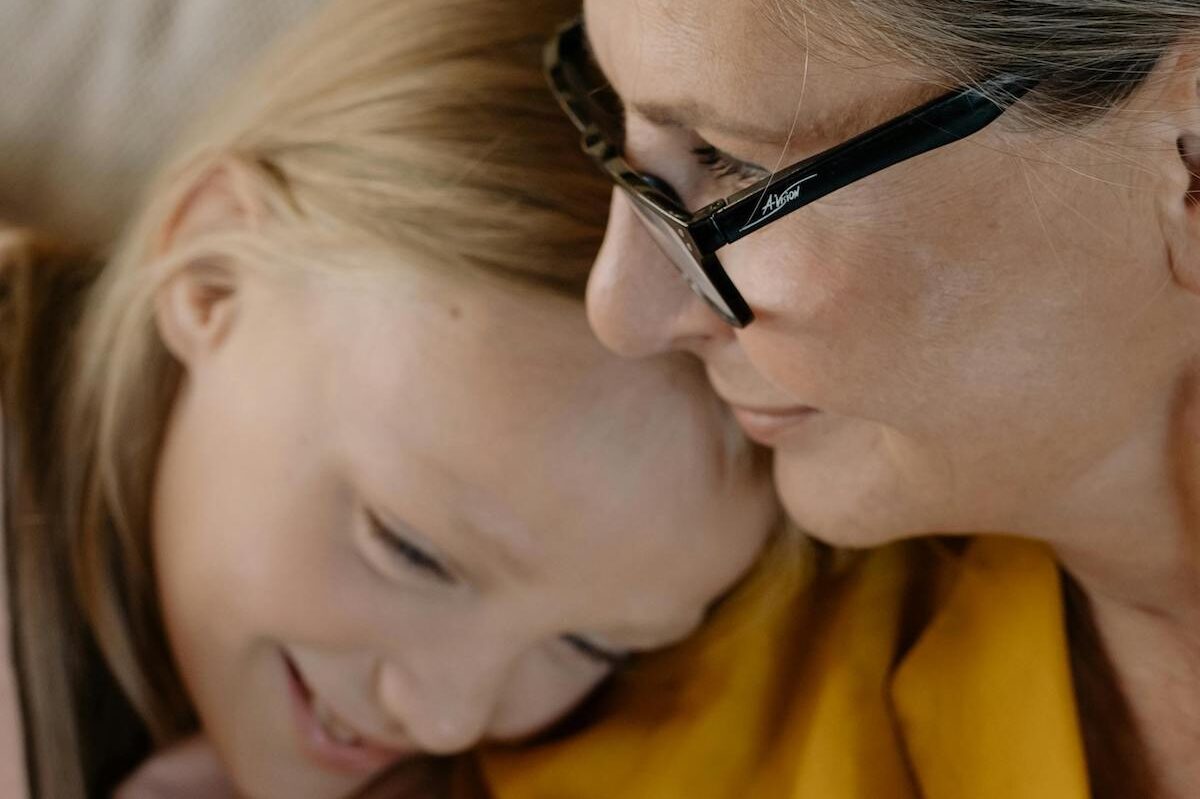Do other animals go through menopause? Do they have symptoms like we do?
—Anonymous
One of the questions that has stumped biologists is: why do we go through menopause? I am not a zoologist or an expert in evolutionary biology, but I love contemplating this question. It is helpful to think about menopause through an evolutionary lens. What is the benefit that led female humans to evolve to have a long stretch at the end of life when we can no longer reproduce? And did any other animals evolve similarly?
Until recently we thought that no other species entered menopause. But in recent years, researchers have found evidence that five species of whales and some chimpanzees show signs of menopause. A study in the journal Science published evidence that, like humans, some chimpanzees show hormonal changes consistent with menopause.* Chimps’ fertility begins to decline around age 30, and, like humans, the chimps in the study seem to go through menopause around age 50.
We don’t know why humans and a handful of other animals stop reproducing before the end of their life span. If the purpose of all species is to reproduce, it would make more sense to reproduce throughout our entire life span. Though I, for one, am glad this is not the case for humans!
One theory, called the grandmother hypothesis, is that in species with a long childhood and adolescence like humans, the children benefit from having additional adults — grandmothers — to help feed and raise them. This may explain why humans and whales stop reproducing, but the chimps don’t appear to be involved grannies helping to raise rambunctious little chimps. Another theory, best studied in whales, is that social groups (called pods if we are talking about whales) benefit from the long memories of the older female members. Menopausal females have time to impart critical wisdom to young mothers.
While we still don’t fully understand why we experience menopause, we now know that we aren’t the only ones. Other large mammals with long childhoods are enjoying their post-reproductive years right along with us.
*In case you were curious, the researchers were able to measure the chimps’ hormone levels in urine that they collected off leaves where chimps are known to pee. They would observe the chimps to be sure whose urine they were collecting. That is some real dedication!
Community Guidelines















Log in